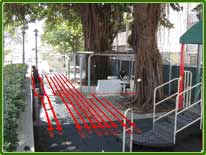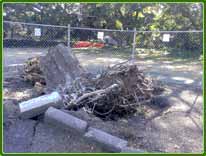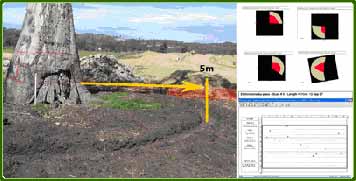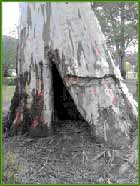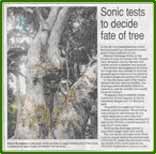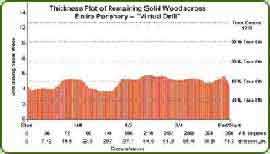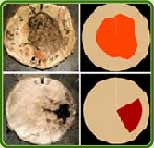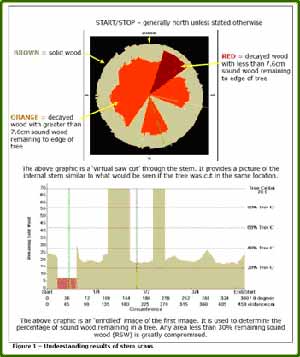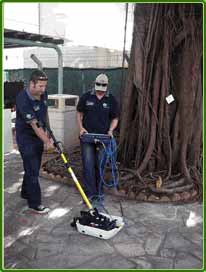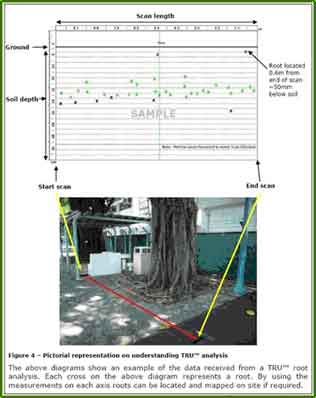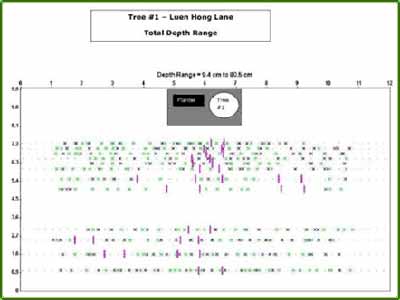At a time when local authorities and private land owners are becoming increasingly aware of trees and their importance in the urban environment, it is important to have professionals assess amenity trees on a regular basis to monitor their health and structural condition.
Tree Radar Australia offers a wide range of Arboricultural consultancy services including Arborist Reports, Tree Surveys, Tree Hazard Management Reports, Construction and Design Responses for Council and tree health, pest and disease management.
Tree Radar Australia also uses Tree Radar Unit™ (TRU™) to provide the only, completely non-invasive method of tree decay detection and tree root detection available in Australia.









